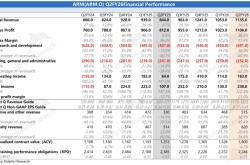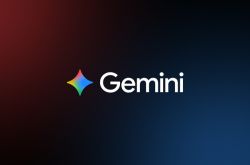Vibe Coding: A Tech Frenzy Driven by Illusions and Anxiety
![]() 09/05 2025
09/05 2025
![]() 590
590
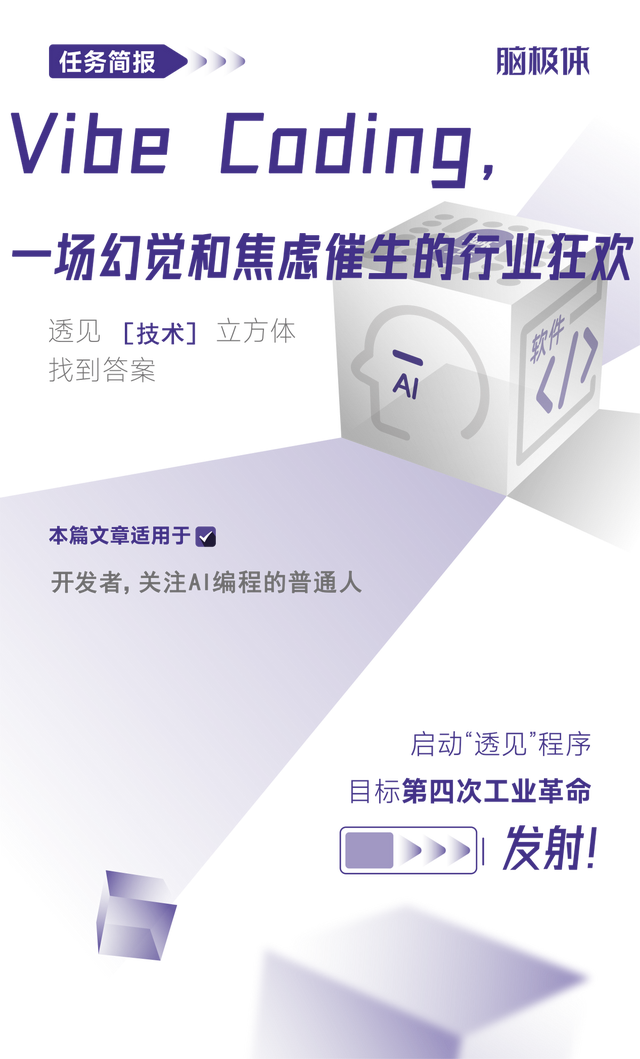
“I’ve got an idea that could revolutionize the world—all I need is a programmer.” This tongue-in-cheek joke, which has been making the rounds in the tech sector for years, seems to have found a grain of truth with the emergence of Vibe Coding in the AI era.
Vibe Coding, also known as ambient programming, does away with the need for painstaking line-by-line coding or wrestling with the complex API documentation provided by vendors. You simply express your idea in natural language (describe the atmosphere or vibe), such as: “Create a website with XX features in one sentence” or “Develop an app that earns me $1,000 daily.” The Coding Agent can then generate almost all the necessary code, sparking a surge in popularity within the software industry and among developer communities.

Numerous AI programming tools tout slogans like “Develop with just one sentence” or “Build an app with a single line,” leading ordinary people to mistakenly believe that Vibe Coding makes development accessible to all and that programming novices can become coders simply by chatting with AI. Some business owners have gone as far as laying off a significant portion of their IT teams, only to find the remaining programmers scrambling to fix AI-generated bugs while racing to keep up with development timelines.
Behind this frenzy lie a multitude of abandoned creative projects, codebases that are growing exponentially in size and complexity yet are riddled with issues, and a flood of homogeneous, disposable applications. Just how far has Vibe Coding actually progressed? Let’s take a closer look at the real lives of developers.

Can Vibe Coding truly accomplish complete development with a single sentence? The answer is a resounding no.
I have friends with no programming background who felt that existing note-taking apps didn’t meet their needs. They aspired to develop a better app but found learning Python too daunting and outsourcing too expensive. Then AI came along, and they used an AI chatbot to generate the app’s interface.
The preview was indeed impressive, but when she tried to modify details, she ran into numerous roadblocks: subsequent routing configurations, database connections, CRUD (Create, Read, Update, Delete) functionalities, edge deployment, and exception handling. Her lack of development skills became glaringly obvious, making it impossible to complete a full software development lifecycle.
Vibe Coding can create an initial prototype from scratch (going from 0 to 1) but falls short when it comes to delivering the engineering capabilities needed to scale from 1 to 100. Novices who blindly trust slogans like “Build a website/app with one sentence” often end up with abandoned projects after investing time and effort.
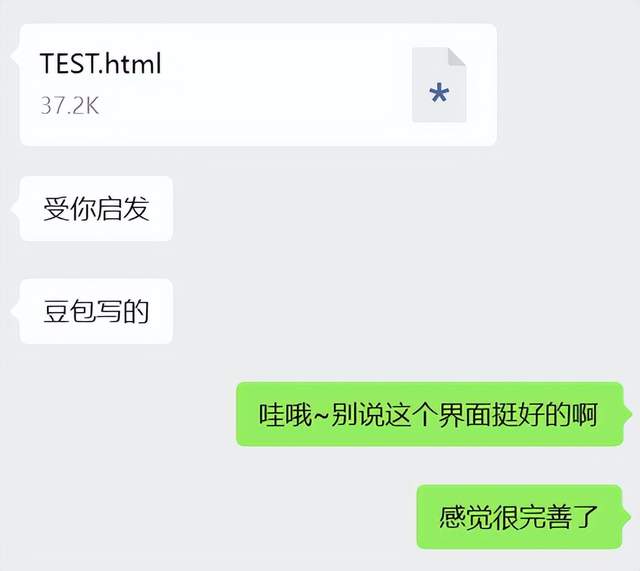
Some knowledgeable friends argue that Vibe Coding is meant for professional programmers to take a break from the grind, not for novices to make wishes come true. But honestly, it doesn’t really allow for much slacking.
The hype around Vibe Coding has led non-technical bosses to develop unrealistic expectations about AI programming. A programmer friend complained that their boss recently subscribed to a Copilot enterprise account and promptly slashed all project deadlines by 30%, claiming, “AI can write the code for you.” Far from slacking, implicit overtime (unpaid overtime) has increased because developers face shorter timelines while also having to debug AI-generated code. This brings us to the issue of technical debt in Vibe Coding.
Typically, professional programmers prepare context for AI agents to help them understand tasks. However, current Vibe Coding tools often overcomplicate things by adding unnecessary fallback solutions, leading to code bloat. As conversation rounds increase, low-quality information and erroneous outputs accumulate, causing context decay and a deterioration in output quality. In complex projects, correcting context decay becomes more challenging and costly. A survey revealed that 45% of developers feel frustrated when debugging AI-generated code.
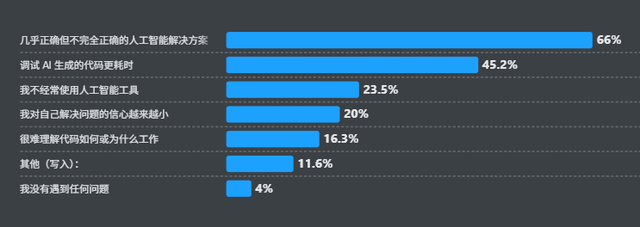
If software engineering relies on massive codebases riddled with issues, then Vibe Coding, which generates nearly 100% of its code via agents, resembles a fully automated code generator that requires programmers to guide, correct, and manage every step, introducing new workloads. The saying “As much intelligence as there is manual labor” holds true for Vibe Coding as well.
Blindly believing that Vibe Coding simplifies development places invisible pressure on IT teams and programmers.

Independent developers don’t have to handle complex enterprise software projects, so can they avoid technical debt? Indeed, individual developers can opt for simpler software, such as batch-generating “weather forecast mini-programs” or “todo list apps,” to sidestep code redundancy and context decay.
The problem is that such simple applications are prone to oversaturation. In Southeast Asia, numerous projects rapidly generated by Coding Agents have flooded the market, with developers abandoning them after collecting user subscription fees, leaving behind a trail of unmaintained, disposable applications that have turned the software industry into a digital version of Myanmar’s Myawaddy (notorious for scams).
While Vibe Coding sounds promising, delivering a complete, complex project still requires substantial manual assistance. Fully automated code generation by agents remains unrealistic.

Of course, critics argue that dissatisfaction with Vibe Coding stems from misuse. Generating simple programs like Tetris with one sentence does work, and the AI-written code functions flawlessly.
Others cite industry data, such as over 100,000 layoffs in the U.S. tech sector by 2025 and mass layoffs at India’s Infosys, claiming this proves AI programming is replacing junior programmers and that Vibe Coding holds disruptive value.
These facts are accurate. However, wishful development through Vibe Coding is unlikely to become mainstream anytime soon. Why?
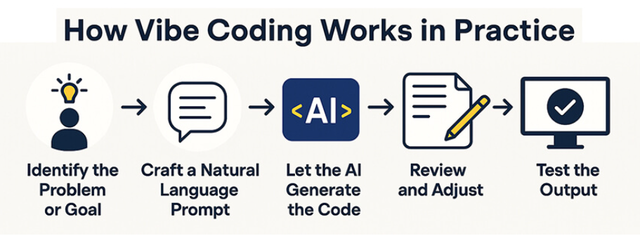
Let’s examine successful cases, such as generating simple games like Tetris or Snake with one sentence. Most are toy-grade applications built using preset templates, with low implementation difficulty and minimal commercial value. They bear no resemblance to the practical systems that enterprises and individual users truly need.
How many users still lack access to a Tetris game? Which enterprise would pay for such a simplistic application? An enterprise-grade application requires industry logic comprehension, user permission management, data flow, concurrency handling, third-party payment integrations, and other engineering details—far beyond what a single-sentence Coding Agent can accomplish.
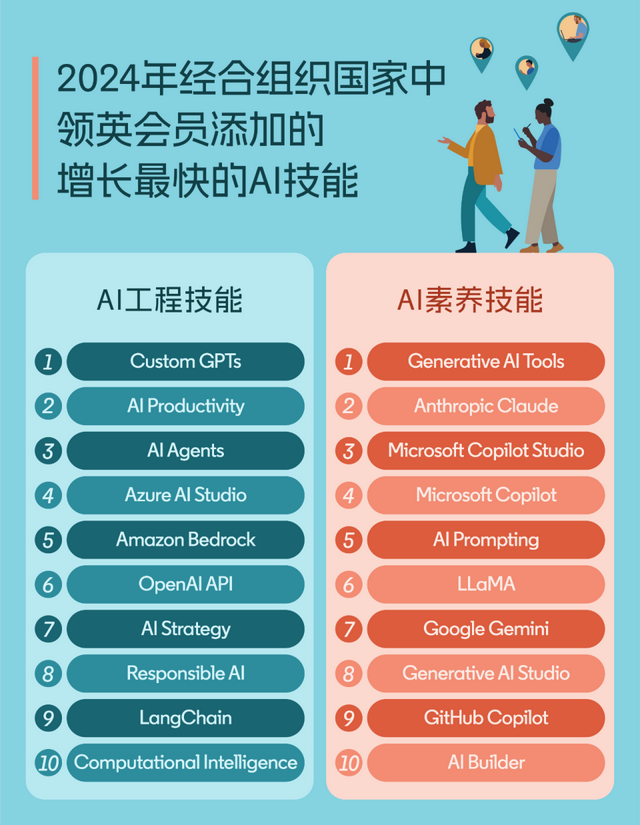
The so-called programmer unemployment crisis actually highlights AI’s inability to replace highly skilled programmers. Shifts in job market skill demands confirm this. Take North America’s hottest tech role, SDE (Software Development Engineer): the requirements for SDE 1 have evolved from “writing good code” to “collaborating with AI to solve complex problems.”
Some tech companies now adopt a “have it all” approach in hiring, demanding candidates who can use AI programming tools, retain manual coding skills, possess product sense to understand business needs and describe requirements, review AI-generated code with an aesthetic eye, and demonstrate systems thinking like an architect. Salaries for such senior engineers have soared.
From this perspective, Vibe Coding has not disrupted software development but accelerated the polarization of programmers. The development barrier has shifted from coding proficiency to higher-level skills like AI literacy, business acumen, and aesthetic judgment.
If Vibe Coding isn’t that revolutionary, why has it become an industry craze?

A programmer friend lamented: “AI programming hallucinations don’t derail projects, but bosses’ hallucinations about AI do.”
The explosive popularity of Vibe Coding stems from a conspiracy between AI programming platforms intentionally creating hype and developers’ FOMO (fear of missing out).
Bubbles around emerging tech concepts are normal—arguably necessary. Through carefully designed demo scenarios, platforms convince the public that “anyone can code,” attracting more users and fostering a thriving tech ecosystem. Cursor and ChatGPT Plus, for example, charge hefty monthly fees. This business model relies on expanding the user base, naturally fueling “one-sentence development” claims.
The issue is that bubbles alone aren’t sustainable; there must be substance.
Some startups exaggerate the magic of one-sentence coding. For instance, unicorn Builder.ai secured $1.6 billion from top investors like SoftBank and Microsoft over eight years through pre-recorded demos and fictional AI assistants like “Natasha.” Despite collapsing due to financial fraud, this model has been widely imitated, fueling public tech fantasies.

Many startups claim that 95% of their code is AI-generated, packaging such cases as “zero-code entrepreneurship myths.” In reality, the vast majority of developers (72%) did not engage in Vibe Coding by 2025.
Stack Overflow’s 2025 survey reveals that Coding Agents are not mainstream; most developers (52%) either avoid agents or stick to simpler AI tools. The so-called industry boom is clearly exaggerated by hype.
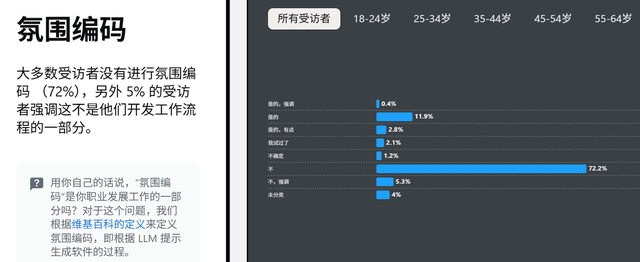
This exploits the FOMO anxiety among developers and programmers.
The popularity of Vibe Coding is fueled by programmers’ deep-seated career insecurity.
During layoffs at Meta, Microsoft, and other giants, 70% of those let go were junior programmers. Facing this existential threat, developers turn to Vibe Coding despite knowing it generates technical debt, as a means of self-preservation. Data shows that programmer sentiment toward AI dropped from 77% in 2023 to 72% in 2024 and just 60% this year, reflecting a “fear of falling behind without using it, but fear of being scammed by using it” dilemma.
The herd mentality in tech communities amplifies this effect. When AI media and KOLs (Key Opinion Leaders) constantly discuss Vibe Coding, they create peer pressure to “join or be left behind.” However, trends and reality often operate on different timelines. Media and KOLs, seeking clicks and engagement, tend to focus on sensational news, while cutting-edge technologies remain far from practical adoption.
Just as new drugs don’t claim to cure all ailments but provide strict indications and side effect warnings, Vibe Coding should avoid making universal promises. Software engineering involves far more than writing and running code; it demands business understanding, rule adherence, and quality commitment.
The “one-sentence generation” slogan obscures the risks of technical debt in Vibe Coding and overlooks developers’ professional expertise. As Vibe Coding becomes synonymous with code messes, disposable apps, and abandoned projects, perhaps it’s time to cool down this industry craze.


